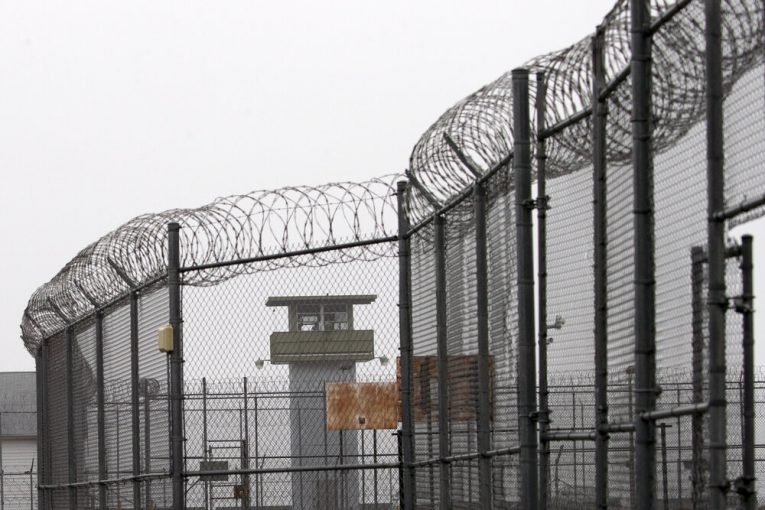
By Julietta Bisharyan
This report is written by the Covid In-Custody Project — an independent journalism project that partners with the Davis Vanguard to bring reporting on the pandemic in California’s county jails and Department of Corrections and Rehabilitation (CDCR) to the public eye. Refer to our website to view and download the raw data.
This account is part 4 of the Covid In-Custody Project’s series on COVID-19 stories from CDCR. Click here for part 3 and here for part 2.
In April, Jim* began keeping a daily log of the number of COVID-19 cases and deaths at Substance Abuse Treatment Facility (SATF) on his tablet. He also tracked SATF’s response to the outbreak and their decisions to move the prison population across buildings amidst outbreaks.
SATF has reported a total of 2,945 confirmed cases and six deaths. Currently, there are 166 reported active cases in custody.
In mid-November, the prison entered a massive outbreak, reporting over 700 active cases within a population of 4,500 people. It peaked on Nov. 30, when 1057 active cases were confirmed, that is, over 23 percent of the jail was COVID-19 positive. Since mid-December, cases have gradually declined.
Jim explains the structure of the prison as follows, “SATF consists of seven yards, “A” through “G.” “F” and “G” yard consist of three buildings, each building has four sections. Each section has eleven pods. It can house eight inmates in a pod or eighty-eight inmates per section.”
Essentially, there are 44 cells in each building and each cell holds eight people.
Jim says the whole prison became infected with coronavirus after a staff member brought it in. The infection began in the main kitchen and then spread to the rest of the prison.
The building where Jim is currently residing has been turned into a quarantine unit.
Regarding testing, he says that officials would move people around the prison after testing them but before receiving their test results. He stated, “They would test on one day, then do mass moves from building to building, section to section, cell to cell, even to other yards, without knowing the test results. They wouldn’t get the results back for 72 hours. They repeated this 4 times.”
He adds, “What they should have done is locked individual cells down and stopped movement. They ended up mixing sick with non-sick. [Due to the movement] the whole cell became positive.”
For example, “On 11/3 “F” yard inmates were tested for COVID-19, the following day, before the test results came back from the lab, SATF administration moved inmates from Building F1 to Building F2.”
Further, he added, “In early-October, “A” yard had a COVID-19 outbreak. A building in the “F” yard became a quarantine building for inmates from the “A” yard. Administration brought active COVID-19 cases to “F” yard that was COVID-free. On Nov. 14, inmates who were COVID-19 positive from “G” yard were brought to quarantine in “F” yard. There are a lot of inmates who have underlying medical issues in the “F” yard and are elderly.” This is an example of SATF mixing populations across yards for no clear purpose.
He contends that the administration is acting recklessly by intentionally bringing active cases to a yard that was COVID-19 free.
“This is just another example of CDCR committing reckless endangerment. Moving people all around without test results,” he exclaims.
Ever since testing positive for the virus, Jim has lost his sense of smell and taste. He worries about the long term effects of the virus as he already struggles with breathing problems.
He says, “I will try my hardest to stay safe, but [staff/correctional officers] just don’t care. I’m really worried.”
As of Nov. 15, the population at SATF was under lockdown 24 hours a day. They were able to shower every three days.
Jim says that at one point the correctional officers were cooking the food, as a result they were served breakfast at noon and dinner at 9pm.
He says that there are several staff who do not wear masks, and incarcerated people are made to pile up on each other to use the phone or collect mail. After several of them became sick with the virus, they finally received N95 masks to protect themselves.
“They [CDCR] waited until someone died before they finally locked us down,” Jim says.
* Name changed to protect identity